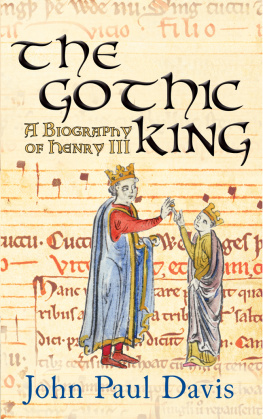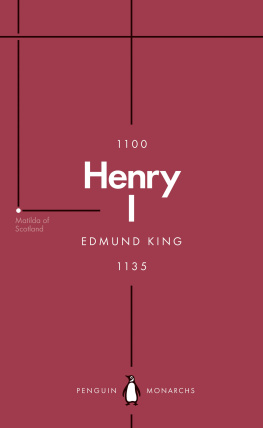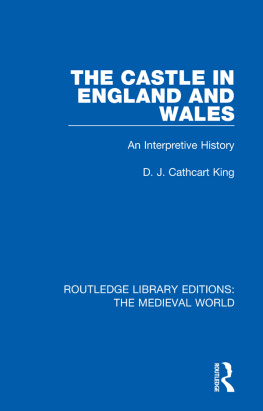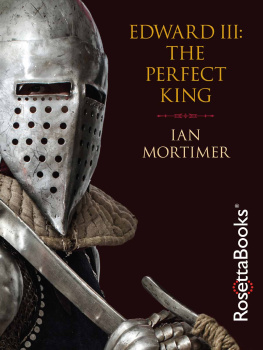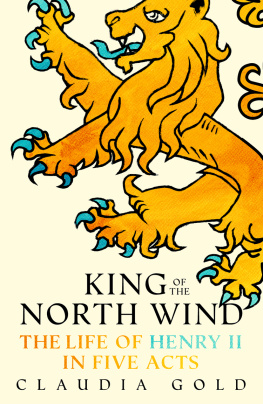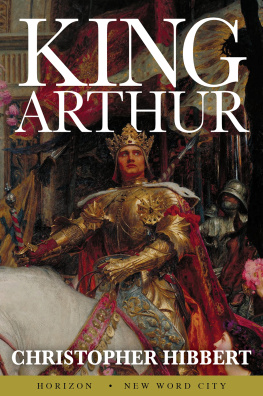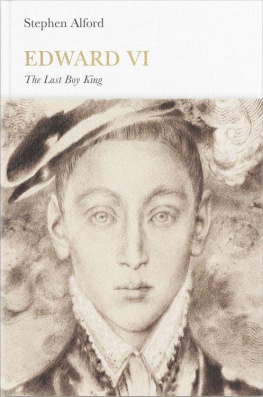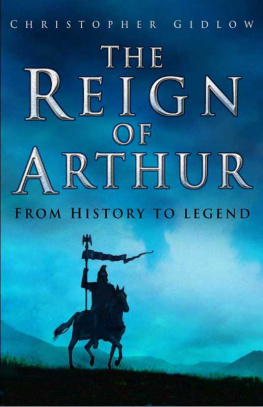Acknowledgements
I was taught by Michael Prestwich as an undergraduate and postgraduate. He never did a course on Edward I (he once told me he could not face the thought of seeing his own words quoted back at him), but my development as a historian owes much to his influence. Similarly, my views on British as opposed to English history owe a great deal to Robin Frame. Over the years, my understanding of late medieval Britain, and Edward I in particular, has benefited enormously from discussion with many historians, not least among them Rmy Ambhl, Andrew Ayton, Gary Baker, Adrian Bell, Richard Britnell, Michael Brown, Anne Curry, Gwil Dodd, Chris Given-Wilson, David Green, Simon Harris, Matt Holford, Craig Lambert, Aly Macdonald, Mark Ormrod, Michael Penman, Tony Pollard, Len Scales, David Simpkin, Andrew Spencer and Sarah Tebbit. More specifically, Louise Wilkinson kindly sent me a copy of her unpublished paper on Edwards daughters; and Anthony Musson helped with illustrations. I have also learned much from the students who took my Edward I course at the Oxford University Department of Continuing Education in 2014. Discussing Edward with them was a great help in shaping this book.
I have to thank John Gillingham who recommended me for the task of tackling Edward I. And, at Penguin, Simon Winder has shown enormous tact and patience, while the process of transforming my deathless prose into a proper book has been expedited with efficiency and grace by Anna Herv, Kate Parker and Cecilia Mackay.
Thanks also to my daughter Freya, who has promised she may even read this; and my son Lewis, who hasnt And, as ever, thanks to my parents, Beth King and Ted Hutchinson, without whose unstinting support I would never have been in a position to start this book.
Most of all, though, I have to thank my other half, Dr Claire Etty, who subjected the entire text to a criticism that was minute, thoroughgoing and ruthless but always fair, constructive and encouraging; and I could not have finished the thing without her help. It is to her that the book is dedicated, with much love.
Penguin Monarchs
THE HOUSES OF WESSEX AND DENMARK
Aethelred the Unready
Richard Abels
Edward the Confessor
James Campbell
THE HOUSES OF NORMANDY, BLOIS AND ANJOU
William II
John Gillingham
THE HOUSE OF PLANTAGENET
Edward II
Christopher Given-Wilson
Edward III
Jonathan Sumption
THE HOUSES OF LANCASTER AND YORK
Richard III
Rosemary Horrox
THE HOUSE OF TUDOR
THE HOUSE OF STUART
[ Cromwell
David Horspool ]
William III & Mary II
Jonathan Keates
THE HOUSE OF HANOVER
THE HOUSES OF SAXE-COBURG & GOTHA AND WINDSOR
Edward VII
Richard Davenport-Hines
Appendix
Surviving Buildings Associated with Edward I
It is characteristic of Edward that his most lasting monuments are the castles he built as means of imposing his authority. Of the castles he built after the Welsh war of 12767, nothing remains of Builth except for earthworks. However, there are substantial remains of Aberystwyth, on the west coast, and Flint and Rhuddlan in north Wales. Conwy, Caernarfon and Harlech, built in Gywnedd in the aftermath of the conquest of Wales in 1283, and Beaumaris, built on Anglesey after the Welsh rebellion in 12945, are among the best-preserved medieval castles in Britain (even though Beaumaris was never actually finished), and have been designated World Heritage Sites. They still project an intimidating aura of overwhelming power. It is also worth noting that Edward took over and rebuilt some of Llywelyns own castles; substantial ruins survive of Dolwyddelan, Criccieth and Castell y Bere, all in north Wales. The small scale of these Welsh castles compared to the huge edifices constructed by Edward is a striking testament to the vast disparity of wealth between the kings of England and the Welsh princes.
His religious buildings have fared less well. His sole religious foundation, the Cistercian abbey of Vale Royal in Cheshire, was rebuilt as a mansion following the Dissolution of the Monasteries under Henry VIII. The mansion still stands (now serving as the club house of a private golf course), but little survives of the medieval buildings except for the refectory and kitchen, which were incorporated into the new house. Of the twelve Eleanor Crosses, only three are still standing: at Geddington and Hardingstone, Northamptonshire, and Waltham Cross in Hertfordshire (of which that at Geddington is the best preserved). A Victorian replica now stands at Charing Cross in London, in lieu of the original. On a more secular note, a huge oaken round table, which seems to have been made at Edwards behest for an Arthurian feast, can still be seen in the Great Hall at Winchester (though it was repainted during Henry VIIIs reign).
Finally, many of the bastides established by Edward in Gascony retain their original street plans and some of their original buildings; Monpazier, on the Dordogne, still has the market hall built on Edwards instructions in 1284.
1
Lion or Leopard? Apprenticeship in Civil War
A lion by pride and fierceness, he is by inconstancy and changeableness a leopard, changing his word and promise, cloaking himself by pleasant speech. When he is in a strait he promises whatever you wish, but as soon as he has escaped he renounces his promise.



